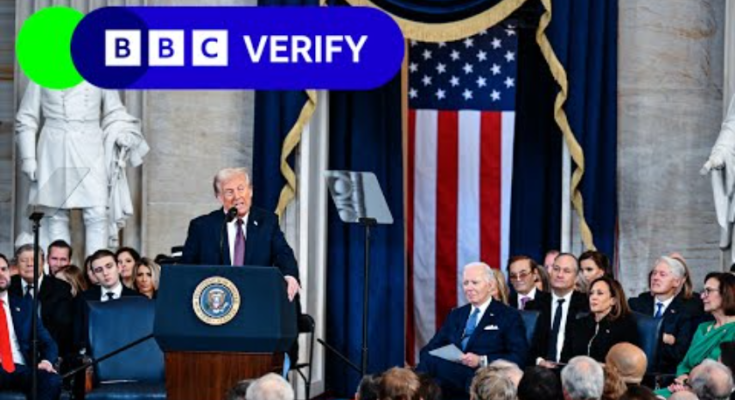Almost Everything President Trump Did in His First Week in Office
Donald J. Trump was inaugurated as the 45th president of the United States on January 20, 2017. His first week in office was marked by a flurry of executive orders, policy changes, and controversial decisions that set the tone for his presidency. From immigration restrictions to trade policy shifts, Trump wasted no time in implementing his agenda.
Day 1: Inauguration and First Executive Orders
On his first day in office, President Trump signed his first executive order aimed at undermining the Affordable Care Act (Obamacare). The order directed federal agencies to minimize the economic burden of the law, signaling his administration’s intent to repeal and replace it. Additionally, his administration placed a freeze on new regulations, a common practice for incoming presidents.
Day 2: White House Website Changes and Media Feud
Shortly after taking office, the Trump administration removed several sections from the White House website, including pages on climate change, LGBTQ+ rights, and civil rights. This change alarmed many observers who viewed it as an indication of the administration’s priorities. Trump also continued his feud with the media, accusing news outlets of lying about the crowd size at his inauguration.
Day 3: Withdrawing from TPP
One of Trump’s most significant actions in his first week was withdrawing the United States from the Trans-Pacific Partnership (TPP), a major trade deal negotiated under the Obama administration. Trump argued that the agreement would harm American workers and that he preferred bilateral trade deals instead. His decision was met with mixed reactions, as some praised the move while others warned it could weaken U.S. influence in the Asia-Pacific region.
Day 4: Federal Hiring Freeze and Reinstating the Mexico City Policy
On his fourth day in office, Trump signed an executive order freezing hiring for federal employees, with exceptions for military and national security positions. He also reinstated the Mexico City Policy, which prevents U.S. funding from going to international organizations that perform or promote abortions. The policy, commonly known as the “global gag rule,” was widely criticized by reproductive rights advocates.
Day 5: Keystone XL and Dakota Access Pipelines
Trump took steps to advance the controversial Keystone XL and Dakota Access pipelines, which had been stalled under President Obama due to environmental concerns. By signing executive orders to expedite their approval, he signaled his administration’s support for the fossil fuel industry and his commitment to rolling back environmental regulations.
Day 6: Immigration and Border Security
One of Trump’s most controversial moves in his first week was signing an executive order to begin planning for the construction of a wall along the U.S.-Mexico border. He also ordered an increase in border security and enforcement, including hiring additional immigration officers. The decision sparked immediate backlash, with critics arguing that the wall would be costly and ineffective.
Day 7: The Travel Ban
On January 27, Trump signed Executive Order 13769, commonly known as the “Muslim Ban.” The order temporarily barred citizens from seven predominantly Muslim countries—Iran, Iraq, Libya, Somalia, Sudan, Syria, and Yemen—from entering the United States. The policy led to chaos at airports, protests nationwide, and legal challenges that would continue for months.
Trump’s first week in office was a clear indication of his aggressive approach to governance. His decisions generated praise from his supporters and intense criticism from opponents, setting the stage for a polarizing presidency.

